Category: SR22 Coverage for New Trucking
Understanding SR22 Coverage for New Trucking
SR22 coverage is a specific type of insurance required by individuals who have had their driving privileges suspended due to various violations, such as driving under the influence (DUI), driving without a valid license, or accruing too many points on their driving record. The “SR” stands for “Safety Responsibility,” and the “22” indicates the specific form that drivers must file with their state’s Department of Motor Vehicles (DMV) to reinstate their driver’s license after a suspension. This coverage goes beyond the minimum liability insurance, providing additional protections to ensure that the insured individual is adhering to the responsible and safe driving practices required by law.
The core components of SR22 coverage for new trucking include higher liability limits due to the size and potential impact of commercial trucks, uninsured/underinsured motorist coverage, and contingent coverage that kicks in if the primary insurance is insufficient. It also often includes provisions for regular monitoring of the driver’s record to ensure ongoing compliance with safety regulations.
Historically, SR22 coverage has been a critical component in rehabilitating drivers who have engaged in risky behavior on the roads, promoting accountability and deterring future violations. As trucking remains one of the most regulated industries, ensuring that all trucks on the road are covered by appropriate SR22 insurance is crucial for maintaining safety standards.
Global Impact and Trends
The global impact of SR22 coverage for new trucking extends beyond individual states or countries, as international commerce relies heavily on the transportation of goods via road. The enforcement of SR22 requirements can affect cross-border trade, as drivers must meet the insurance standards of every jurisdiction they operate in.
Key trends shaping the trajectory of SR22 coverage include the increasing use of technology in fleet management, advancements in telematics which influence insurance rates based on driver behavior, and the growing emphasis on road safety globally. Different regions are affected by these trends in unique ways, with some countries implementing stricter regulations and others exploring innovative financing models to ensure compliance among trucking companies.
Economic Considerations
From an economic standpoint, SR22 coverage for new trucking plays a significant role in risk management and the financial stability of the trucking industry. The insurance market must carefully balance the availability of coverage with the potential risks associated with insuring high-risk drivers or fleets. Market dynamics are influenced by factors such as claim frequency, the cost of claims, and regulatory changes that affect premium pricing.
Investment patterns in the trucking industry often take into account the financial implications of SR22 requirements, as companies must allocate resources to maintain compliance. The role of SR22 coverage in economic systems is multifaceted, impacting not only the trucking sector but also related industries such as transportation, logistics, and insurance.
Technological Advancements
Technological advancements have revolutionized the trucking industry, with innovations like GPS tracking, electronic logging devices (ELDs), and advanced safety systems becoming standard. These technologies not only improve efficiency and safety but also provide data that can be used by insurers to assess risk more accurately and tailor SR22 coverage accordingly.
The future potential of technology in SR22 coverage includes the use of artificial intelligence to predict and prevent accidents, the integration of real-time data for dynamic insurance pricing, and the development of autonomous vehicles, which will necessitate new forms of coverage and regulation.
Policy and Regulation
Policies and regulations governing SR22 coverage for new trucking are complex and can vary significantly from one jurisdiction to another. At the federal level in the United States, agencies like the Federal Motor Carrier Safety Administration (FMCSA) set standards that trucking companies must follow. These regulations include mandates for insurance coverage, driver qualification files, and drug and alcohol testing programs.
At the state level, laws regarding SR22 requirements can differ, affecting how trucking companies must insure their drivers. The legislative framework is influenced by a combination of safety concerns, economic factors, and political pressures, with ongoing debates about the balance between regulation and industry needs.
Challenges and Criticisms
One of the main challenges faced by SR22 coverage for new trucking is ensuring that it effectively deters high-risk behavior without placing an undue burden on the trucking industry. Criticisms often arise from concerns over the cost of compliance, the potential for insurance discrimination against drivers with past violations, and the adequacy of coverage to fully protect against losses in the event of an accident.
To address these issues, stakeholders can explore solutions such as risk pooling, incentivizing safe driving practices through lower premiums, and advocating for more consistent regulatory frameworks across different states or countries. Additionally, education and outreach programs can help drivers understand the importance of SR22 coverage and their role in maintaining road safety.
Case Studies
Several case studies illustrate the successful application of SR22 coverage for new trucking. For instance, a large logistics company implemented a comprehensive driver training program coupled with robust SR22 insurance coverage, which led to a significant reduction in accidents and claims. Another case involved a regional carrier that utilized telematics data to optimize routes and reduce the likelihood of violations, resulting in lower insurance costs and improved safety records.
These examples demonstrate the potential for positive outcomes when SR22 coverage is part of a broader strategy to enhance driver accountability and operational efficiency.
Conclusion
SR22 coverage for new trucking is a critical component in ensuring the safety and financial stability of the commercial trucking industry. It represents an interplay of legal, economic, and technological factors that must be carefully managed to protect drivers, the public, and the businesses that rely on timely and safe transportation services. As the trucking landscape continues to evolve with advancements in technology and changes in policy and regulation, the role of SR22 coverage will likely become even more prominent, underscoring its importance in maintaining the integrity of the global supply chain.
Mastering SR22 Compliance: Enhancing Business Insurance for Trucks
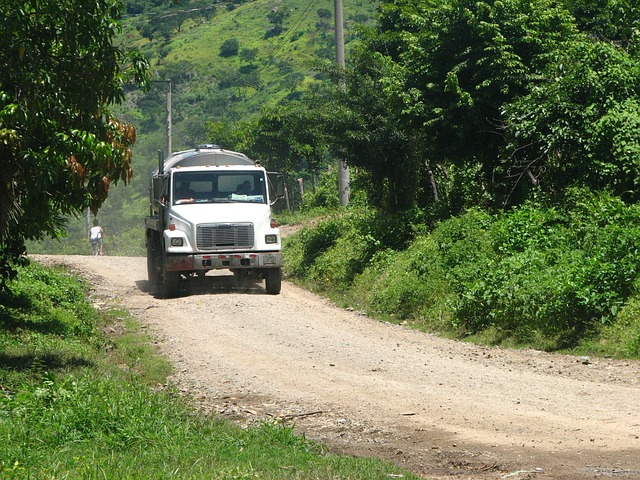
SR22 compliance is a critical requirement for the trucking industry, ensuring operators have adequat…….
Maintain Clean Records for Affordable SR22 Insurance: Unlocking Discounts

SR22 insurance, required for license restoration post-driving offenses in many US states, serves as…….
Maintain Clean Records for Affordable SR22 Insurance Savings

Maintaining clean records is crucial for managing auto insurance, especially after obtaining an SR22…….
Navigating SR22 Compliance: Strategies for New Trucker Operators
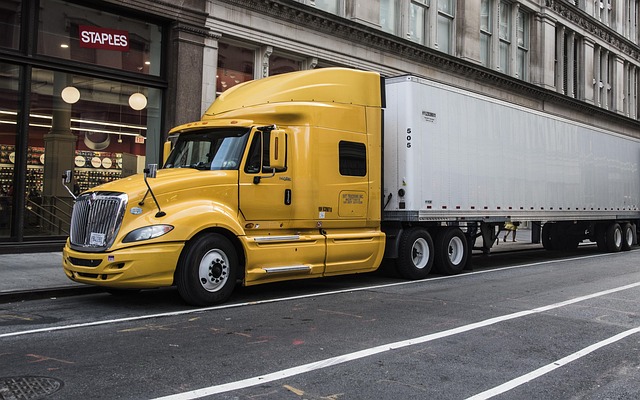
New commercial trucking operators face significant challenges understanding SR22 compliance requirem…….
Boost Startup Trucking Success: Cost-Effective SR22 Insurance Strategies
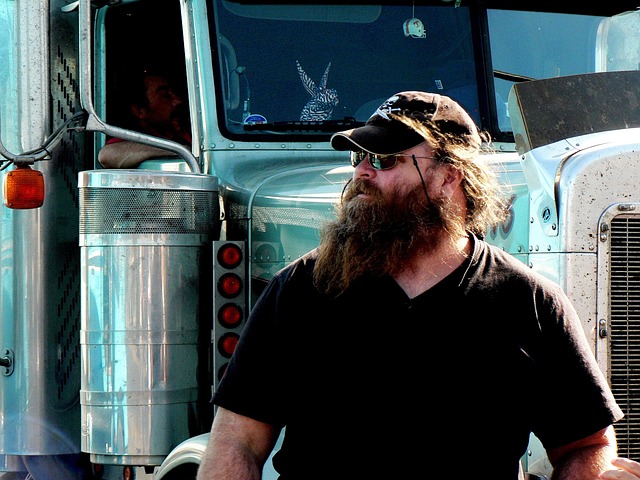
For startup trucking businesses, proper insurance, especially SR22, is vital for success and sustain…….
Customizing SR22 Policies: Tailoring Liability Coverage for Truckers’ Unique Needs
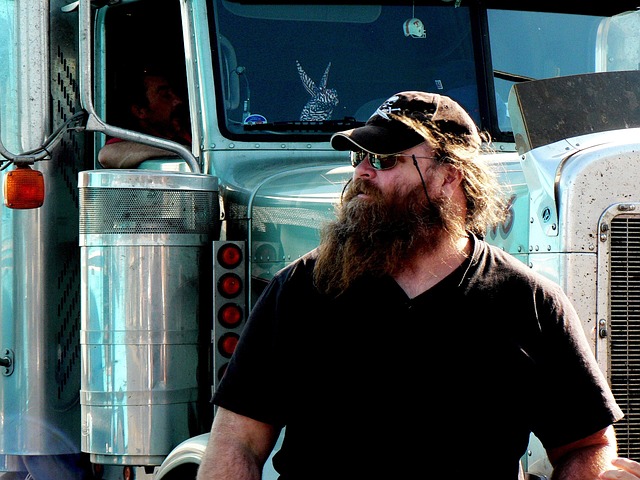
SR22 policies offer tailored insurance solutions for truckers, providing comprehensive liability cov…….
Mastering Commercial Operations: SR22 Insurance for Legal Compliance

In the dynamic aviation industry, understanding legal obligations and obtaining suitable commercial…….
Empowering New Truckers: Navigate SR22 with Confidence & Affordable Options

New trucking operators must grasp the importance of SR22 insurance for managing financial risks. To…….
Tailored SR22 Coverage: Mitigating Risks for Fleet Drivers’ Safety and Finance
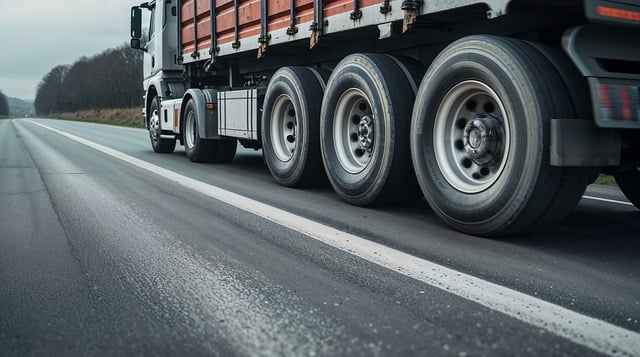
For fleet operators, understanding and strategically navigating SR22 filings is key to managing risk…….
